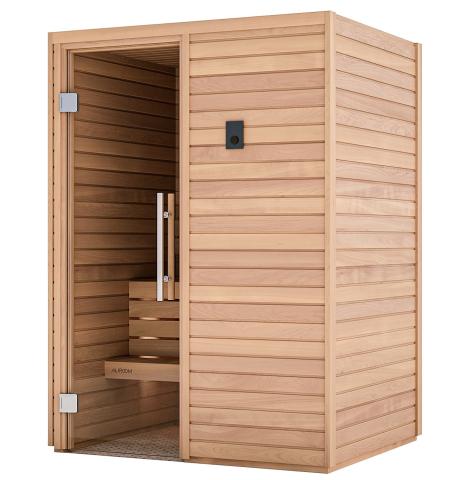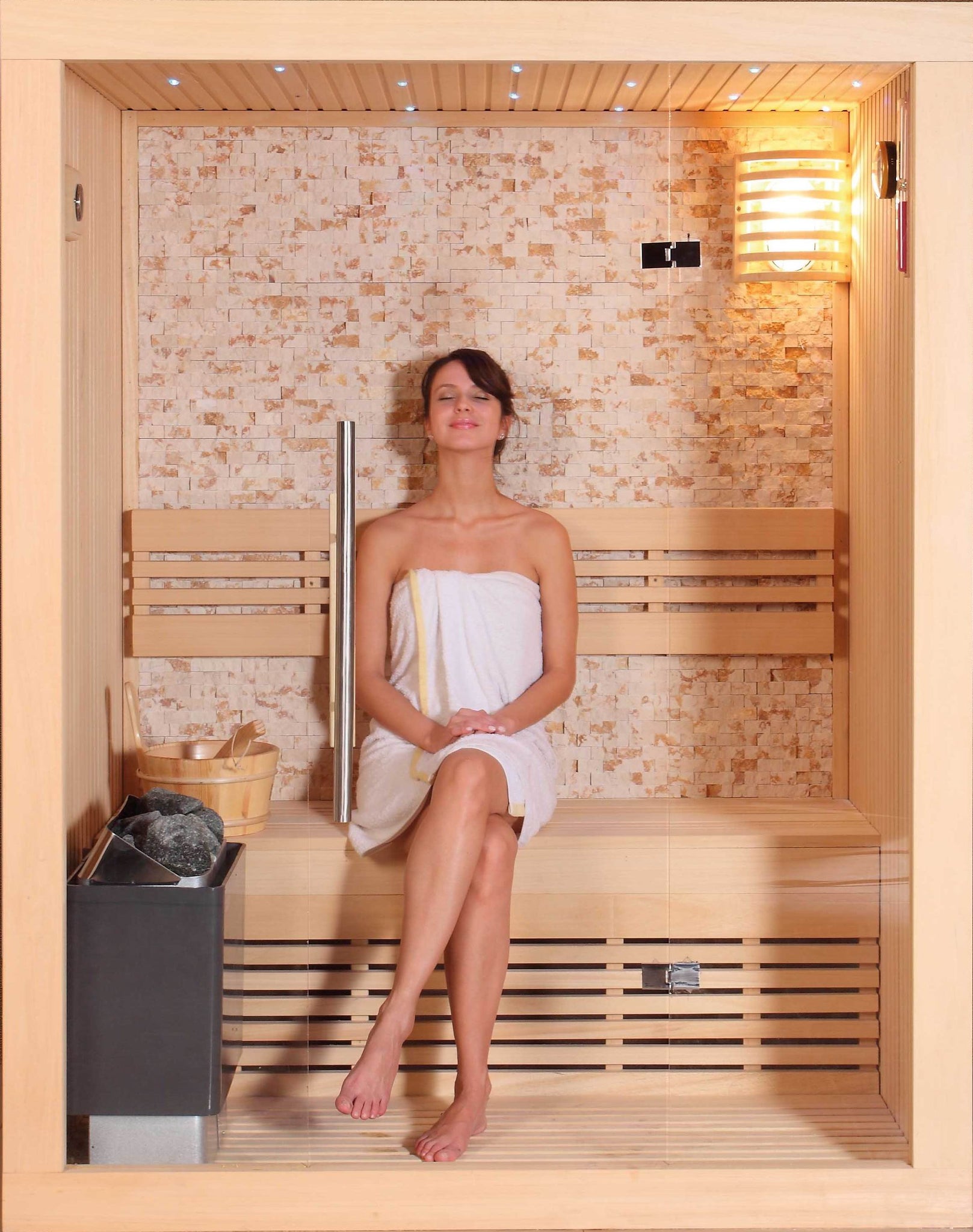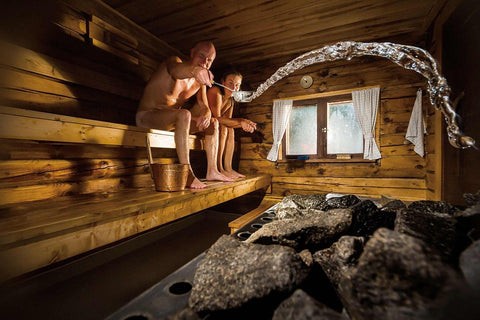The Greatest Guide To Traditional Sauna
The Greatest Guide To Traditional Sauna
Blog Article
The Best Strategy To Use For Traditional Sauna
Table of ContentsThe Only Guide to Traditional SaunaExcitement About Traditional SaunaThe Greatest Guide To Traditional SaunaFacts About Traditional Sauna UncoveredGetting The Traditional Sauna To Work
The majority of the weight lost in a sauna is water loss and is re-gained upon rehydrating. Nonetheless, certainly sauna can be a vital part of a healthy weight management program. To consider the differences in between typical and IR saunas, I will divide these into verifiable, theoretical, and produced differences.Thus, the most popular factor in the saunawhich is at the ceiling directly above the sauna heateris generally in between 185 and 190 F. Claims that a traditional sauna exceeds 200 F is just not true and not applicable for electric saunas offered in the United States. The temperature for a far-infrared sauna is generally set in between 120 and 140 F; however, unlike the conventional sauna, the goal in and IR room is not to achieve a high temperature.

When a typical sauna has actually been effectively heated up, the sauna walls are warm, the air temperature level has actually accomplished set temperature level and the rocks are incredibly warmed. As an intriguing side note, the warmed wall surfaces and the rocks are sending out far-infrared warmth, combined with the heated air, to create an "enveloping warmth".
All about Traditional Sauna
When the heat is attained, the elements cycle on and off to keep the heat. The majority of typical sauna customers take pleasure in putting water over the rocks to develop steam to raise sauna humidity levels. The advantages of putting water over the rocks include: making the area extra comfy, dampening the nasal passages, and enabling the usage of aromatherapy by mixing necessary oils with the water.

When the power gets in the body, it creates the body temperature to raise and eventually causes sweating. In an infrared sauna it's important for the emitters/heaters to remain on almost continuously. Because there is no mass of rocks to keep heat, the sauna will certainly cool down if the emitters turned off.
A Biased View of Traditional Sauna
As pointed out above, the sauna bather in an infrared space wishes to place himself in front of operating emitters to get optimal benefit from the warmth. The home heating time for both areas can be extremely various, depending upon exactly how the rooms are used. For a traditional sauna, a bather should permit 30-40 minutes for the space to achieve a desired temperature and to effectively pre-heat the rocks.

A well constructed sauna will commonly accomplish a temperature of 150-160 F in regarding 30-40 mins. For hotter temperatures, the room may require to warmth for a longer duration.
To some, 15 mins was "squandered" while the infrared energy heated the wood panels instead than heating a body, while others find a pre-heated area to be extra comfy and think a additional info raised starting temperature is needed to start perspiring. The length of advised usage for every space is roughly the exact same (10-15 mins per session); nonetheless, as a result of the reduced air temperatures and the ability to really feel the results of infrared warm much use this link faster than a conventional sauna, it is not unusual for a person to invest an overall of 20-30 mins in an infrared sauna.
5 Simple Techniques For Traditional Sauna

The average price per kWH of power in the united state is around $0.11, so a 4.5 kW heating unit will cost about $.50 to run for one hour, if the heating system runs constantly for one hour. Normally a sauna heating unit will run for 75% of the first hour and 50% of succeeding hours on given that the aspects cycle once the established temperature level is accomplished.
A 2 person far-infrared area is generally physically smaller sized than a traditional sauna, frequently about 4' x 4' or smaller sized. The IR heating unit is typically 1.5-1.7 kW making use of a 120 volt 15 amp plug-in solution. Since the area can be made use of quicker than a sauna room, we will presume the room is made use of for to of an hour consisting More Bonuses of warm up time.
There is a hardly ever talked about distinction in the social experience between the 2 spaces. While our culture has actually lost a few of the social benefit of the conventional sauna experience, it can be extremely socially gratifying (Traditional Sauna). From family time in the sauna, to heart-felt conversations with loved ones, to sauna partiesthe standard sauna experience can bring about intimate mingling
Traditional Sauna for Beginners
The majority of higher end infrared spaces consist of colored light therapy, sound systems and full-glass fronts.
Report this page